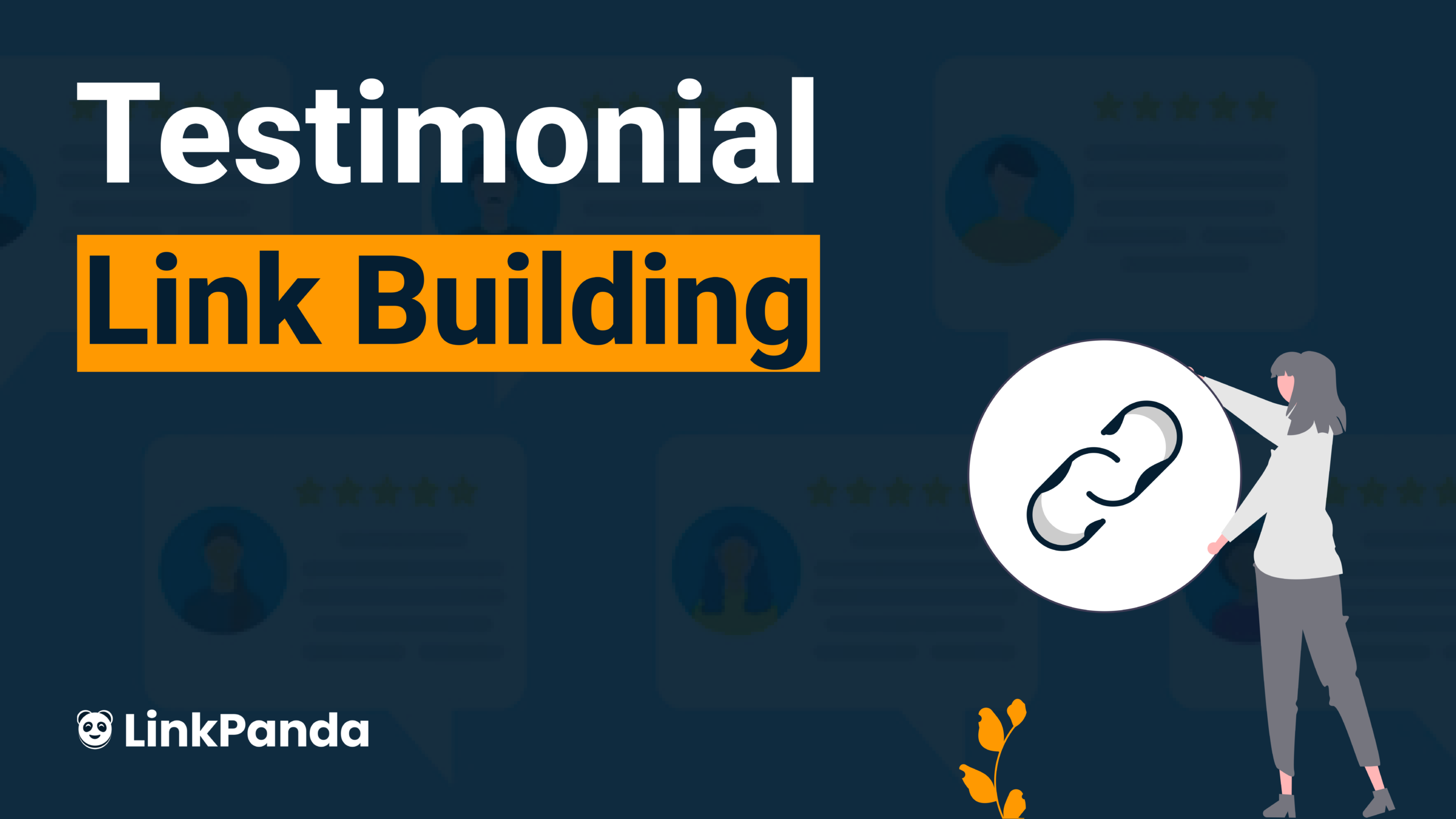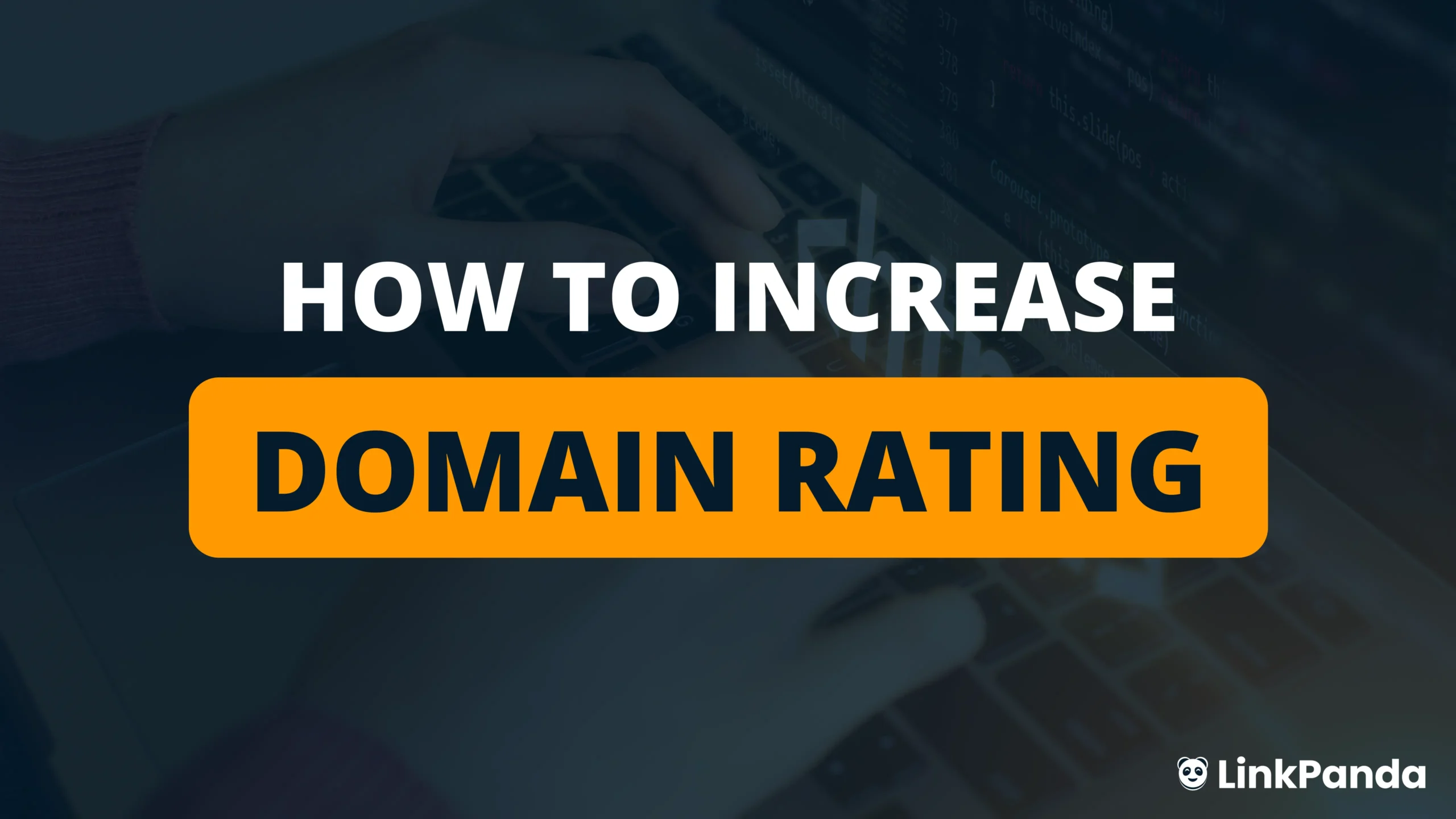Introduction
Building a startup firm is both enjoyable and hard. There are a lot of things to think about when starting a business, from producing your products to devising a killer marketing strategy to boost sales. However, most firms fail to acknowledge SEO as a critical component of their early marketing plan. There are several explanations for this. SEO is a long-term game, SEO is tough to implement, or SEO is just not considered a viable approach in 2024.
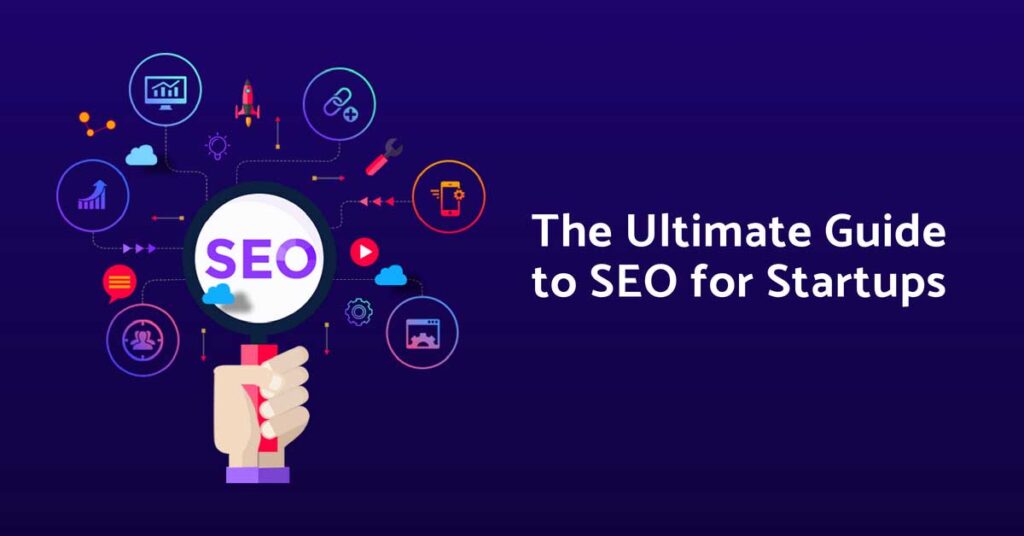
SEO may be a very effective strategy to get ahead of the competition, especially among startups. While it is a long-term game, SEO may serve as a solid foundation for your startup’s inbound marketing approach moving forward.
In this guide, we will provide numerous practical techniques for implementing SEO for a startup.
Why SEO is Important For Startups?
Why would you use SEO tactics if you are just starting?
The solution is straightforward: you position yourself for success online by employing efficient SEO strategies:
Higher Website Traffic
By consistently posting high-quality material optimized for the relevant keywords, you boost your chances of appearing at the top of search results. This, in turn, brings a wider audience to your website. According to First Page Sage’s study on Google click-through rates by ranking position, placing first in a SERP (Search Engine Results Page) in your field would earn a 39.8% CTR by 2023. Then the CTR decreases considerably. The second and third spots earn 18.7% and 10.2%, respectively. More traffic implies that more prospective consumers will find your startup and interact with your content, expanding your customer base.

Increased Visibility
As a startup, you want to put your brand in front of as many prospective consumers as possible. Startup SEO can help increase visibility. When your website ranks better in search results, it’s like having a prominent location in a crowded marketplace. This increased visibility implies that more prospective clients will find your company—and finally, more valuable leads and transactions.
Better User Experience
We’ve all abandoned websites because we couldn’t figure out how to locate anything! When it comes to websites, user experience is crucial. By optimizing your site for search engines, you improve its usability. When visitors can simply locate what they’re searching for due to well-structured content and effective navigation, their entire experience improves. Never underestimate page speed—it is both a direct Google ranking factor and a critical component of conversion-centric web design. Poor performance raises bounce rate and decreases dwell time, hence speed has an indirect effect on rankings.
Improved Credibility
Credibility is essential in the competitive startup scene. Startup SEO is critical to its growth and success. Higher rankings in search results indicate that you are trustworthy. Customers frequently equate better search ranks with credibility and knowledge.
By using a strong SEO strategy, you can:
- Improve your reputation.
- Gain the trust of your target audience.
- Establish yourself as a trustworthy industry leader.
Cost- Effective Channel
SEO is an inexpensive channel for firms trying to maximize their marketing expenditure. SEO outperforms other marketing approaches, such as paid advertising, regarding long-term outcomes and cost. By proactively optimizing your content, you may improve your organic search presence. Over time, you’ll draw more relevant traffic. Startup SEO’s strong return on investment makes it an invaluable tool for entrepreneurs looking to expand their operations on a tight budget. Make every dime matter for your success!
SEO for Startups
If you are a startup on a tight budget with fierce competition in your target market, SEO can provide you with the competitive advantage you need to succeed. Understanding SEO for startups is an excellent starting point for organic development. In brief,
- SEO helps startups rank better in search engine rankings.
- People have become dependent on search engines, which means more traffic to your website.
- SEO is free and promotes long-term startup growth.
The main reason marketers use SEO is that it provides a high ROI with less effort.
At LinkPanda, organic marketing accounts for about 60% of our digital marketing efforts. By employing SEO, we have developed a comprehensive digital marketing strategy that allocates more of our budget to customer success procedures than marketing.
To create a comparable structure, entrepreneurs must focus on both on-page and off-page SEO variables. Here is a comprehensive checklist of recommended SEO strategies to assist you in understanding how to execute SEO for your company to maximize benefits.
Google-Focused SEO Practices
The nice thing about SEO is the entire shift in the way organic marketing approaches have been utilized over the previous five years. Google looks to have been effective in reducing a number of unsavory black-hat activities. The most recent modifications in Google’s algorithms suggest that firms that focus on long-term organic development through the most effective use of SEO approaches will experience a high ROI on their SEO efforts.
AI-Based Semantic Relationships
Search engines rely on semantic connections. Google assesses these associations using link juice, which depends on the age of the website. Similarly, it estimates a website’s age using Domain Authority (DA). So, websites that have been in business for a while and have established a strong reputation (examples include Huffington Post, CNN, and TechCrunch) have higher DA. If these websites connect to your website, it will gain “link juice,” which will indirectly improve its search engine results.
Voice Searches Have Changed the Digital Landscape
Voice-based search is quickly becoming a popular way for consumers to engage with search engines. Voice searches accounted for over 40% of all smartphone searches in the United States alone. As a result, voice search has evolved into an important component of startup SEO. Following simple search engine rules can help entrepreneurs optimize their websites for voice search.

Visual Searches are on the Rise on Mobile Devices
Google has previously teamed with Pinterest to boost visual searches. Google Images has already established itself as a popular search location for many consumers, particularly those using mobile devices. In reality, e-commerce companies have begun to embrace visual searches due to the accuracy of product discovery for end customers.
2. On-Page SEO for Startups
In this part, we’ll explain how startups can improve their websites. The goal is to improve website parts so that they rank higher in SERP results. The approach is multifaceted, involving improvements to various website areas as well as the overall structure and appearance.
On-page SEO is a broad topic, and it is hard to cover every element in one article. However, we will discuss the principles of the process and make ideas for boosting on-page SEO for startups.
Keyword
Using one of the tools given above, you may find a certain keyword. Your term should have a moderate difficulty score and a large search volume. Consider ‘Startup SEO’ as my keyword. The screenshot below shows that the Keyword Difficulty score is 18, and the search volume is 350.
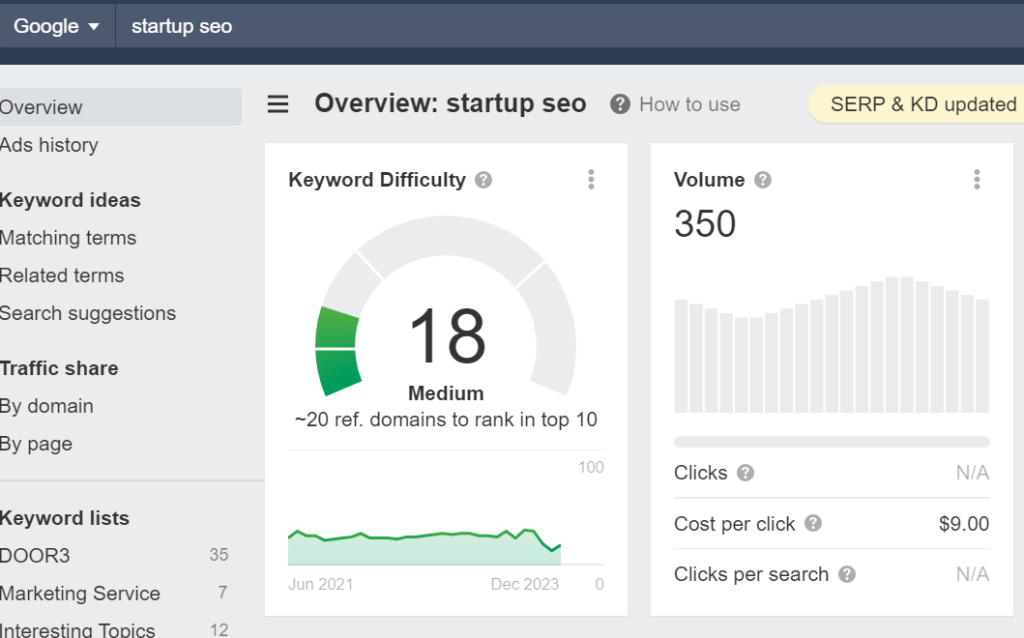
Title Tag
The content of the title tag should include the target keyword. The on-page SEO optimization is to position it as close to the beginning of the content as feasible. The title is often seen in the browser tab text. This is what the LinkPanda title tag looks like:
URL
Remember to include the term in the URL. Google’s SEO optimization guide recommends that URLs be short and keyword-rich. This allows bots to readily comprehend what the URL and the linked page are about.
Here’s how we formatted the URL for the Startup SEO Brand Boost:
Page Headline (H1)
After the title tag and the URL, search engines prioritize the page headline. This functionality is implemented with the HTML element h1. The focus keyword must appear in the h1 tag’s content. Like elsewhere, including the keywords toward the beginning of the text adds value to the website’s ranking. Here’s how we utilized the H1 tag on our website.
Use Powerful Modifiers
Powerful modifiers such as ‘best’, ‘top’, ‘inspiring’, ‘guide’, ‘Tutorial’, and many more lend weight to the website’s headline structure.
Paragraph Optimization
An essential part of on-page SEO for startups is optimizing the paragraphs on all of the website’s pages. At the very least, the target keywords should be in the first and last paragraph. Also, remember to incorporate LSI keywords in the body of the material.
The First Paragraph
Backlinko recommends putting the target keyword inside the first 100 words of the text. This helps search engines comprehend the purpose of the article. The following is the first paragraph from our Startup SEO Package. The highlighted term appears inside the first 100 words.

The Body Paragraph(s)
The emphasis keyword should also appear in the body paragraphs. This enhances the content’s relevance score for the target keywords. To avoid keyword stuffing, employ semantic terms to keep the effect.
The Final Paragraph
Many landing pages do not have a concluding paragraph (which is ok). Instead, landing pages include a Call to Action (CTA) that prompts users to perform a specific action. Here’s how we employed LSI keywords in our CTA while maintaining readability.
Multimedia
Embedding multimedia (including all non-text page components) not only helps hold the reader’s interest but also enhances the average session duration. Landing pages often have a large banner, a movie, and numerous beautiful graphics to help visitors understand. Startups can impact customers’ purchasing decisions by boosting the average session time.
Responsive Design
Responsive design is a web design approach that guarantees the website appears and functions properly across all screen sizes. In practical terms, Responsive Design is a ‘design-once-deploy-everywhere’ paradigm that has simplified the lives of web designers and developers. Google relies heavily on responsive design as a search indication for ranking web pages.
To determine whether your website’s design is responsive, follow these steps:
- To enable the ‘Developer Tools’ option in Chrome, click Ctrl+Shift+I.
- Now, click on responsive in the top-center and pick your preferred mobile device.
Outbound Links
External links on website pages boost their worth to search engines. It’s also an excellent technique to optimize a startup website for certain keywords. When this occurs, search engine bots believe that the page is giving value to users and therefore links to other websites. The bots crawl external websites with high DA to determine the sort of content delivered on the startup’s website.
Internal Links
Internal links, like external links, transfer link juice between pages. Google supports a flat website architecture in which each page has equal weightage.
According to the Moz site, the deepest level should need no more than three clicks to reach. Furthermore, a page should not have more than 100 outbound links. If you are unsure if you can link to every page of your website, just use the ‘Random postings’ area, which brings diverse sites to the front every time a person arrives.
Website Speed
Website speed is a significant ranking element, particularly following Google’s ‘Speed update’ ranking algorithm change. Google wants all websites to load quickly, and with the advent of AMP pages, this criterion has become an important on-page SERP ranking indication.
Here’s how to check the website’s page speed.
- Go to Google Page Speed Test.
- Enter your website’s address and click “Test”.
- You will receive a speed score and tips for future development.
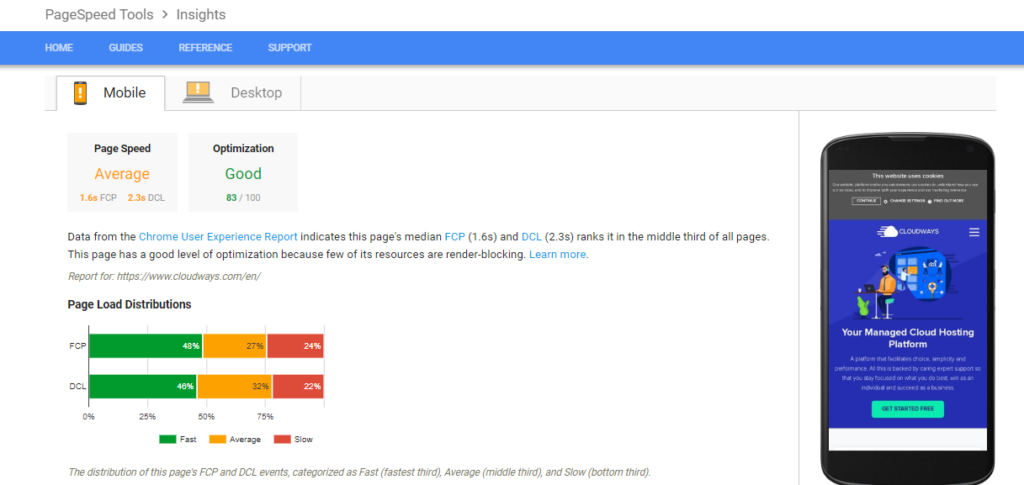
Image Optimization
The images on your website should be optimized for search engine bots. Typically, this entails giving two values for each image: the caption and the alt tag. In addition, the image’s name provides another option to change keywords. Keyword optimization in these three areas increases your website’s search engine rankings for the selected keywords.
Long Form Content
Ahrefs’ case study found a clear correlation between word count and website rankings. This is a graph from the case study.
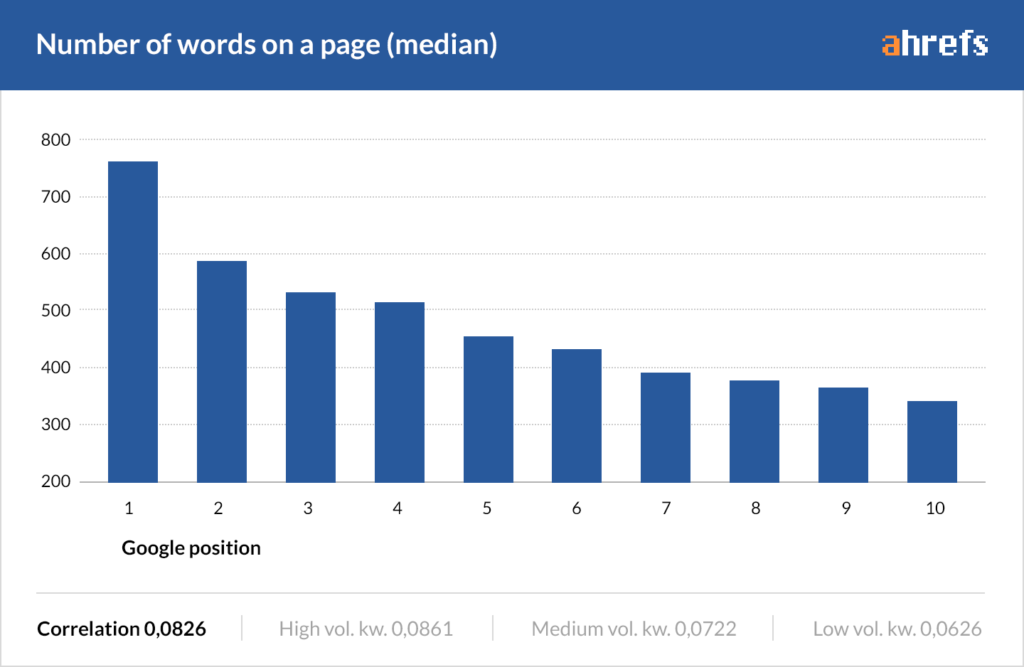
Websites and blogs with 3000-10000 words are more likely to be shared on social media. As a result, these sites rank better on search engine results pages. Here’s the proof:

Rich Snippets
Google now includes numerous key areas on the results page. These parts include ‘people search for’, a knowledge base, and rich snippets. The goal of these parts is to give additional information that is useful to the users.
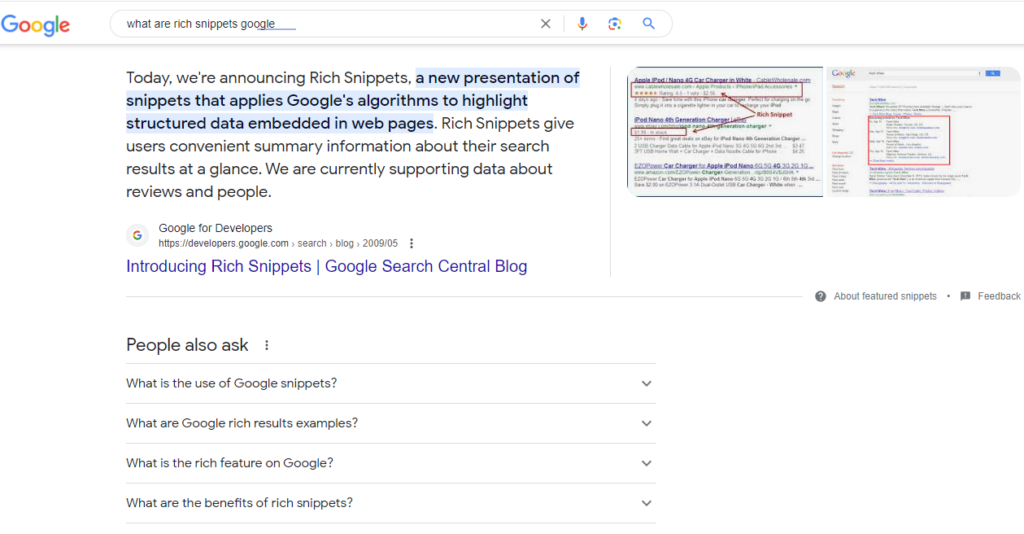
Websites with optimized content for targeted keywords are frequently shown in the rich snippet area because they provide the most relevant information to viewers. To optimize websites for rich snippets, just include snippet codes for reviews, pricing, articles, product descriptions, and titles on the pages. If you’re using WordPress, install a rich snippet plugin (All in One Schema Rich Snippets is a fantastic choice) and optimize your content accordingly.
AMP Pages
Given the continuously growing number of mobile visitors searching for products and services, it is a wonderful idea to enable AMP pages on your startup website to improve the user experience. AMP-based websites load quicker and give cleaner content, which are two critical design aspects for higher Google results.
Closely monitor bounce rate, average page time, and traffic.
Finally, once you’ve made all of the adjustments listed above to your website, keep a careful eye on it using Google Analytics. You will not notice any significant gains within the first several days.
However, at the end of the first week, you will see an improvement in SERP rankings for your chosen keywords.
It’s time to begin off-page SEO for your website.
Off-Page SEO for Startups
Off-page SEO refers to any measures carried out to boost the website’s SERP ranks. Off-page SEO for startups excludes PPC and other paid initiatives. Link building, brand marketing, and forum postings are among the most popular off-page activities.
Do Follow Vs No Follow
Dofollow and nofollow links are crucial factors in deciding search engine results.
When a website includes a dofollow link to another website, it indicates that the website approves the content on the connected website. As a result, search engines provide suitable weightage (also known as link juice) to do follow links.
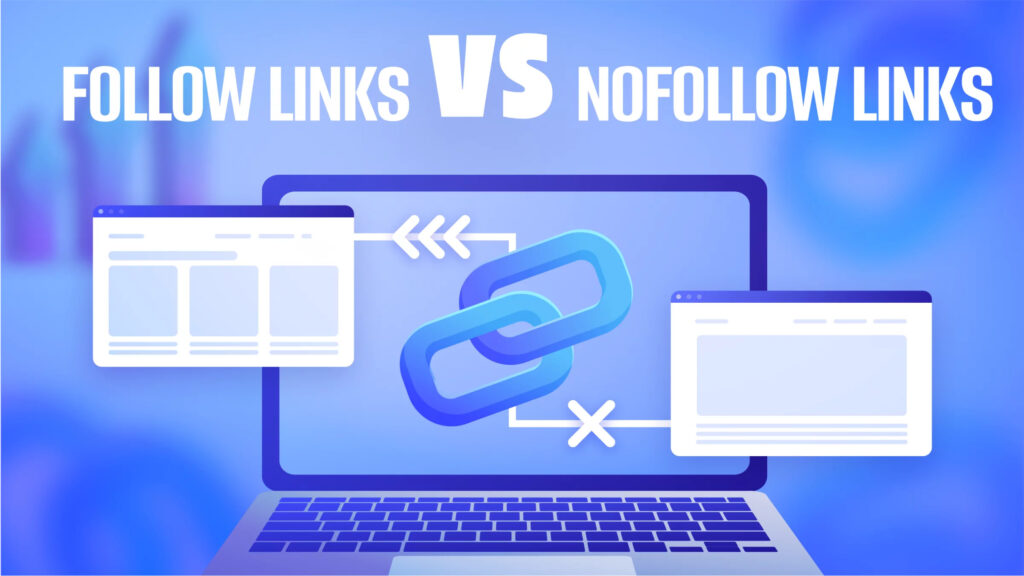
On the other side, nofollow links add no value to the connected website. This indicates that the website linked to it either does not trust it or is a sponsored connection. Google recommends webmasters employ nofollow links for any websites that lack credibility.
This is what the do-follow link code looks like:
<a href=”http://cloudways.com“>Startup tool kit</a>
This is what the no-follow link code looks like:
<a rel=”nofollow” href=”http://cloudways.com“>Startup tool kit</a>
Guest Post Outreach
Having guests publish on your website is a tried-and-true method for expanding its reach. Specifically, guest posting may be separated into:
Free Guest Post
Free guest articles are often published on low-ranked websites (DA 10 to 30) and often include a do-follow link. You may quickly pitch them using a ready-made template, and many website owners would gladly publish your guest post on their website.
Paid Guest Posts
These pieces are often published on high-traffic, high-authority websites (usually DA 40 to 90). The cost of posting sponsored guest blogs often ranges from $50 to $5,000 (or more).

Cross Guest Post
When you exchange guest posts with another website, you will have the opportunity to cross-post. Both sites often have comparable DA and traffic statistics. Cross-posting chances are frequently the result of mutual agreement between two websites.
Here’s a guest blogging template that entrepreneurs may use to begin outreach.
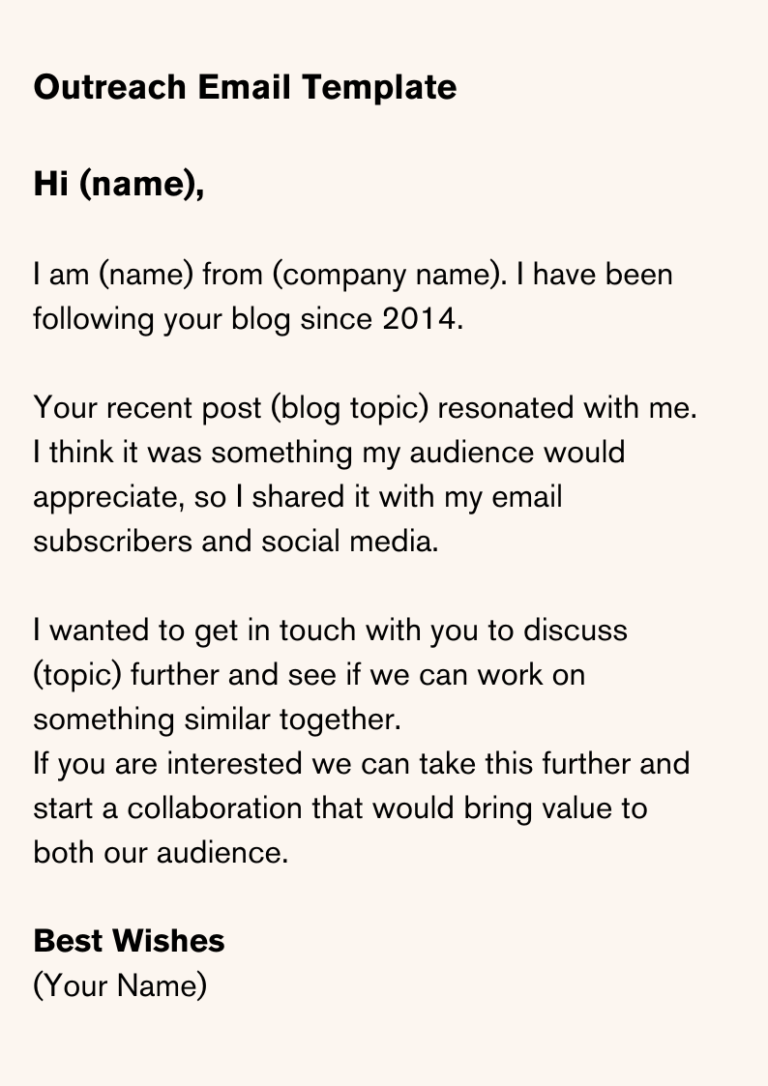
Build High-Quality Backlinks
High-quality backlinks are invaluable in the SEO business!
They are among the strongest ranking variables that may significantly impact your website. However, link-building is not easy!
To begin creating high-quality backlinks, find possibilities.
Consider HARO (Help a Reporter Out), a platform where journalists may seek professional advice.
Responding to relevant requests can result in important backlinks from credible publications.
Another technique is guest blogging, which involves submitting content to industry blogs or websites in exchange for a hyperlink. If you have high-quality articles, contact someone who has previously connected to comparable content and ask them to link to yours instead.
Sharing your experience may lead to speaking engagements, podcasts, and interviews, many of which include backlinks.
Backlink chances may also be available through industry forums if they allow them.
Backlinks from.edu and.gov websites are especially effective. Here’s how you may look for relevant.edu backlink opportunities:
site:.edu “your keyword”
site:.edu “your keyword” + “resources”
site:.edu “your keyword” + inurl:links
site:.edu “your keyword” + “other sites”
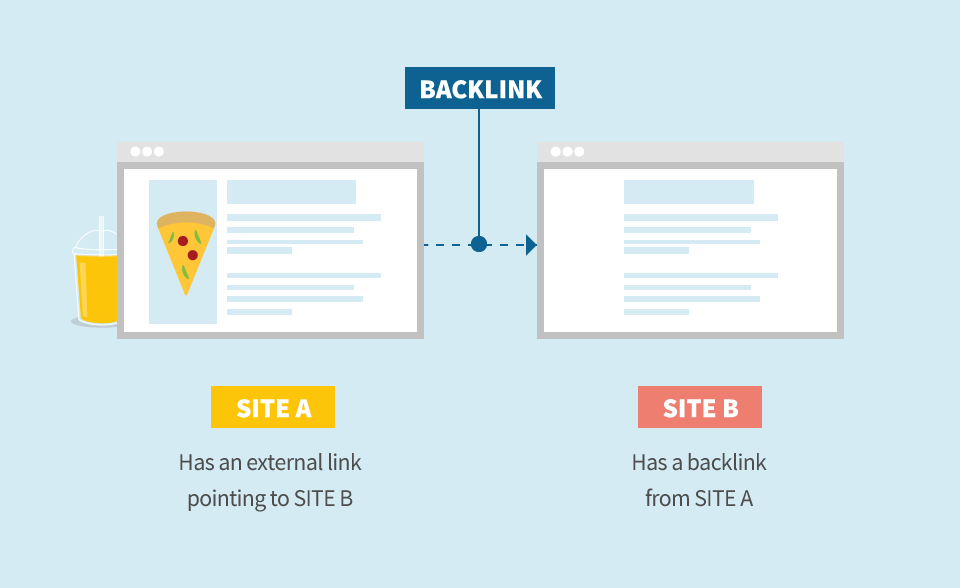
Industry directories such as LinkPanda, Startup Tracker, Crunchbase, BetaList, and Gust also provide significant backlink prospects. At the same time, appearing on these websites might help you attract additional clients and potential investors.
LinkPanda helps its clients who are just starting in the market and are looking for a strong and reliable SEO strategy.
Our services ensures the rapid establishment of your website’s domain authority, enabling it to rank prominently in Google searches. Benefit from optimized brand profiles across relevant platforms, ensuring a strong online identity. With quality backlinks, your startup will receive a substantial boost in visibility, setting the foundation for sustained growth. Propel your brand into the digital spotlight and position your startup for success with our dynamic SEO solution.
Remember not to stretch yourself too thinly.
Instead of pursuing numerous link-building targets, concentrate on a few relevant to your goals and priorities.
Analyze your competitors’ strategy with link intersect tools. These show your rivals’ backlinks.
You might ask a possible backlink source website to connect to your post if:
- The backlink is linking to an old, outdated article.
- The article they linked to on your competitor’s website no longer exists.
- Your essay discusses the issue in greater depth.
Once you’ve identified respectable websites, contact them with a tailored pitch.
Offer something useful in exchange for the link, such as:
- Promoting their material with your powerful social media presence.
- Offering access to your goods or services.
- Providing a cordial introduction to someone helpful to them.
If you don’t have these resources, be honest about your aims and how your product will help them.
You might outsource your link-building efforts by employing a link-building service provider. You can choose from the bundles they provide. They pay special attention to the quality of the backlinks.
They keep a robust and trustworthy backlink profile. Monitor your backlink profile regularly to verify that you are obtaining appropriate connections from your niche. They also ensure you do not fall prey to spammy websites.
Bottom Line
Search engine optimization may be both time-consuming and resource-intensive. Not everyone is willing to commit to building up a long-lasting SEO channel.
However, if you do, you will provide value to your consumers while reaping long-term rewards like improved exposure, organic traffic, leads, and brand awareness.
SEO should be a component of each start-up’s business growth plan.
This is one of the most detailed guides on SEO for start-ups you will discover. Once completed, take a few weeks for your website’s rating to improve. To rank higher, repeat the off-page actions with various forms of content.
Remember, consistency is the key to success. Simply follow the steps outlined above to improve your start-up website or contact us today with any queries and questions we would happily answer them!
FAQ
If you are just getting started with SEO optimization, don’t panic; here are some optimization questions that will come up and their answers.
Why is my website not ranking on Google?
One of the most often requested questions is why the website is not being ranked. This typically occurs because Google has a sandbox function. It keeps all new websites in the sandbox for a few months to see if they are spam or legitimate websites. The sandbox phase lasts between two and four months, during which time the website will not appear in Google searches. So you’ll have to wait and continue working.
Why is my website not ranking for my chosen keywords despite being fully optimized?
Even if your website is well-optimized, its keywords may be tough to rank for. You can determine the difficulty level of a keyword by searching it in a keyword research tool such as KWFinder or Moz. Once you’ve identified the relevant keywords, instead of simply adding them to your page, generate backlinks to high-DA websites. It will increase in the ranks after appropriately re-optimizing the SEO for the startup’s website. whether it doesn’t work, check Google Webmaster Tools to see whether a penalty exists.
Why is my website ranking for the wrong keywords?
If you have not properly optimized your startup, it may rank for the wrong keywords. This commonly occurs when the website needs a focus keyword in critical areas like metas, titles, headers, picture alts, and the opening few paragraphs. So, focus on the on-page tactics we’ve discussed above to rank for the correct term for your company.
About The Author

Priyanka
Priyanka is a Content Marketer by profession. Priyanka helps with creating new content and auditing existing content for online businesses. She is passionate about writing and creates content that is SEO optimized. Priyanka is responsible for creating new, original, high-quality content for the website with proper keyword research and auditing the existing content to make it quality content.


